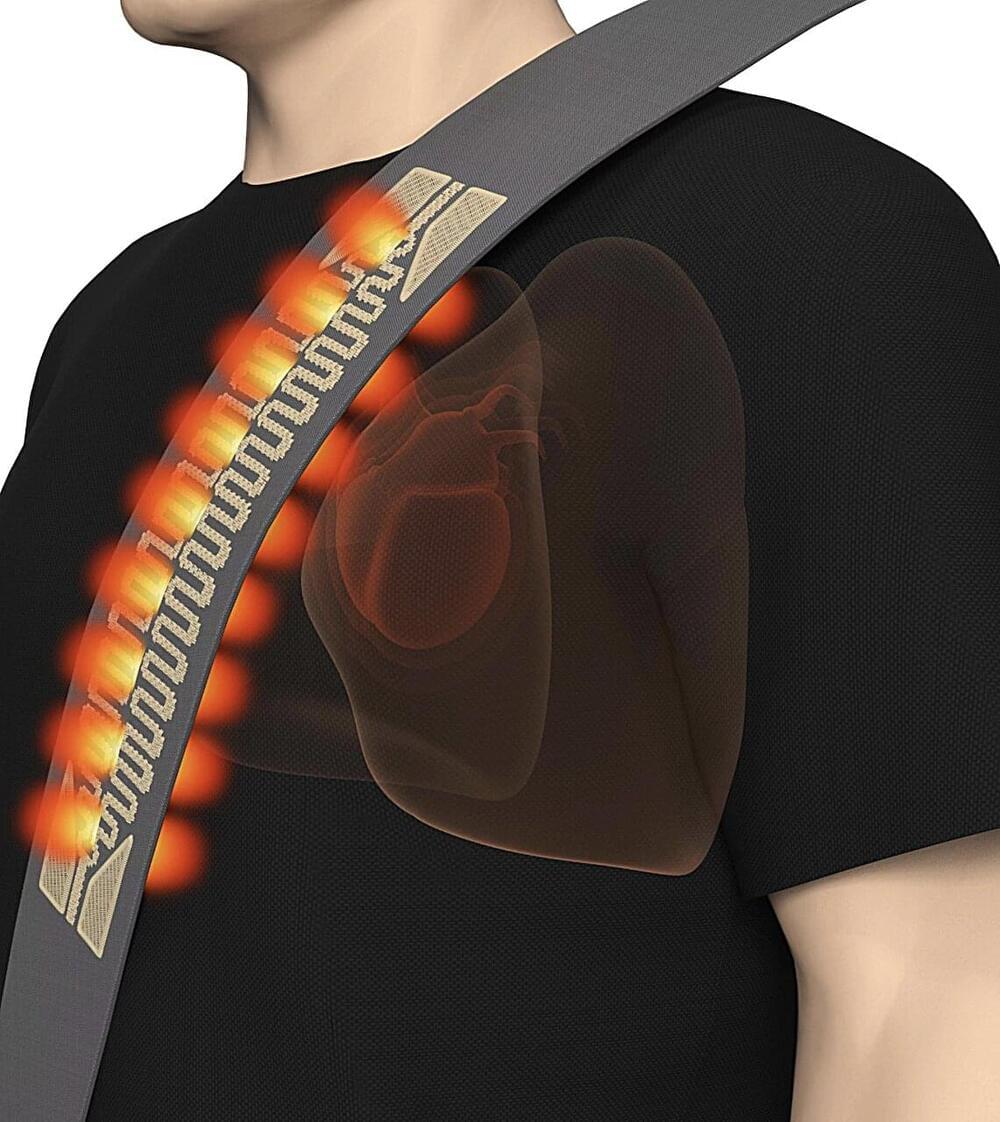Page 370
Nov 18, 2024
Rewriting Physics: MIT Quantum Computer Emulates Complex Electromagnetic Fields for the First Time
Posted by Paul Battista in categories: computing, particle physics, quantum physics
Quantum computers have the potential to simulate complex materials, allowing researchers to gain deeper insights into the physical properties that emerge from interactions among atoms and electrons. This may one day lead to the discovery or design of better semiconductors, insulators, or superconductors that could be used to make ever faster, more powerful, and more energy-efficient electronics.
But some phenomena that occur in materials can be challenging to mimic using quantum computers, leaving gaps in the problems that scientists have explored with quantum hardware.
To fill one of these gaps, MIT researchers developed a technique to generate synthetic electromagnetic fields on superconducting quantum processors. The team demonstrated the technique on a processor comprising 16 qubits.
Nov 18, 2024
Neuroscience Says This Simple Habit Improves Cognitive Health and Makes Your Brain Act Younger
Posted by Paul Battista in categories: health, neuroscience
Nov 18, 2024
Seatbelt-integrated biosensor could reliably track the alertness and stress of pilots and drivers
Posted by Saúl Morales Rodriguéz in categories: biotech/medical, health, wearables
Over the past decades, electronics and biomedical engineers have developed increasingly sophisticated biosensors, devices that can pick up biological signals from human users. These sensors, which are generally embedded in wearable or implantable technologies, often do not perform as well in settings where users are moving a lot, such as within a vehicle.
Researchers at the National University of Singapore and Tsinghua University have recently developed a new sensor that can pick up and track biological signals, such as the heartbeat and respiration, without being in contact with the body of users. This sensor, presented in a paper published in Nature Electronics, could be used to pick up the cardiopulmonary signals of humans while they are in dynamic and closed environments, such as a plane cabin, a moving car or a bus.
“Monitoring drivers’ alertness or stress is essential for road safety,” Xi Tian, co-author of the paper, told Tech Xplore. “Existing sensors designed to measure physiological markers of fatigue, such as heart rate and respiration, face challenges in moving vehicles due to the unpredictable vibrational noise. To overcome these challenges, our research focused on developing an automotive biosensor capable of non-contact and reliable health monitoring in dynamic environments.”
Nov 18, 2024
The Biggest Prime Number Ever Found Is a New Milestone in Science
Posted by Saúl Morales Rodriguéz in categories: computing, science

Imagine a number made up of a vast string of ones: 1111111…111. Specifically, 136,279,841 ones in a row. If we stacked up that many sheets of paper, the resulting tower would stretch into the stratosphere.
If we write this number in a computer in binary form (using only ones and zeroes), it would fill up only about 16 megabytes, no more than a short video clip.
Continue reading “The Biggest Prime Number Ever Found Is a New Milestone in Science” »
Nov 18, 2024
A New DNA-Printing Technique Could Revolutionize How We Store Data
Posted by Saúl Morales Rodriguéz in categories: biotech/medical, computing
As efficient as electronic data storage systems can be, they’ve got nothing on nature’s own version – DNA. A new technique for writing data to DNA works like a printing press and makes it easy enough that anyone could do it.
Writing data to DNA usually involves synthesizing strands one letter at a time, like threading beads onto a string. That’s obviously a very slow process, especially when there can be billions of those letters, or bases, in a given DNA sequence.
But the new DNA printing press drastically speeds the process up. The team created a set of 700 DNA bricks, each containing 24 bases, that work like movable type pieces. These can be arranged into a desired order and then used to ‘print’ their data onto DNA template strands.
Nov 18, 2024
NSO Group Exploited WhatsApp to Install Pegasus Spyware Even After Meta’s Lawsuit
Posted by Saúl Morales Rodriguéz in category: law
NSO Group exploited WhatsApp to install Pegasus spyware even after Meta sued, controlling operations themselves, not clients, legal documents reveal.
Nov 18, 2024
Urgent: Critical WordPress Plugin Vulnerability Exposes Over 4 Million Sites
Posted by Saúl Morales Rodriguéz in categories: robotics/AI, security
A critical authentication bypass vulnerability has been disclosed in the Really Simple Security (formerly Really Simple SSL) plugin for WordPress that, if successfully exploited, could grant an attacker to remotely gain full administrative access to a susceptible site.
The vulnerability, tracked as CVE-2024–10924 (CVSS score: 9.8), impacts both free and premium versions of the plugin. The software is installed on over 4 million WordPress sites.
“The vulnerability is scriptable, meaning that it can be turned into a large-scale automated attack, targeting WordPress websites,” Wordfence security researcher István Márton said.
Nov 18, 2024
Warning: DEEPDATA Malware Exploiting Unpatched Fortinet Flaw to Steal VPN Credentials
Posted by Saúl Morales Rodriguéz in category: cybercrime/malcode
BrazenBamboo exploits an unpatched FortiClient flaw to steal VPN credentials using DEEPDATA malware. Fortinet users advised to stay alert.
Nov 18, 2024
GitHub projects targeted with malicious commits to frame researcher
Posted by Saúl Morales Rodriguéz in category: robotics/AI
GitHub projects have been targeted with malicious commits and pull requests, in an attempt to inject backdoors into these projects.
Most recently, the GitHub repository of Exo Labs, an AI and machine learning startup, was targeted in the attack, which has left many wondering about the attacker’s true intentions.
















